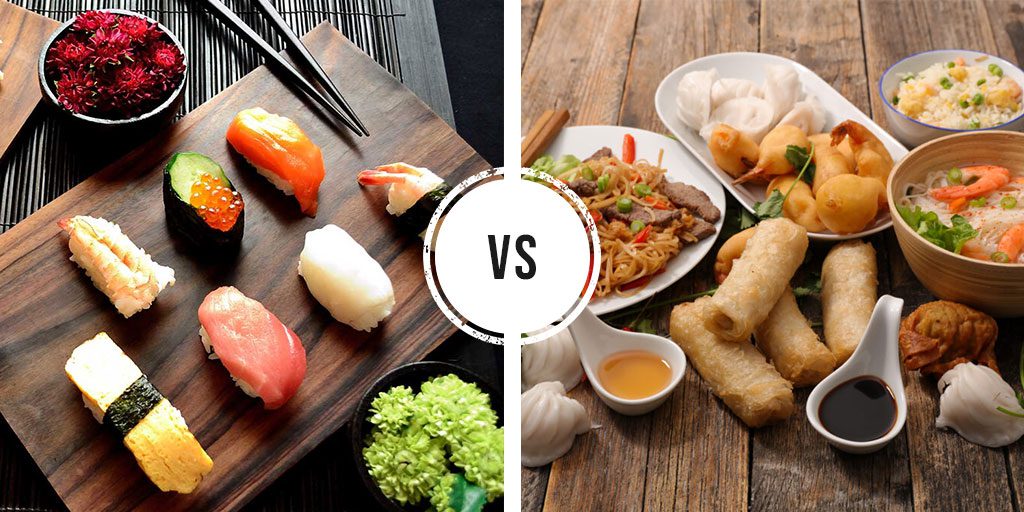Earth is a beautiful planet that is partially and dominantly populated by individuals characterized by different skin tones yet sharing the same DNA footprints. Whether you are African, American, European, or Asian, it is our rich cultural heritage that uniquely distinguish and unite us. For instance, food culture is one of the oldest discerning factors among humans. It is a signature remark on where we came from and how we grew up. It is the identity in these food preparations that put Asians on the world map. The cooking style and presentation of Japanese & Chinese cuisines compared to other worldwide cultures is eccentric. However, just because both Japanese and Chinese are Asians, it does not imply that they follow a similar kitchen etiquette. There is much to distinguish between the kitchen behaviors of these two groups of people.
Beverages Preparation and Intake
Both Japanese and Chinese food cultures agree on why they need tea as a preferred beverage after every meal. We can also relate to the logic behind this ideology without needing the aid of a Japanese to English translator. Most Asian cultures regard tea beverages as digestive aids after a light or heavy meal. Tea is mandatory to them in situations where they ingested oilier or greasier dishes as it’s believed to aid in digestion. However, the Japanese have a strong preference for green tea whereas the Chinese prefer black tea.
Cuisines Preferences
If you get a chance to be acquainted with both Japanese and Chinese cuisines, you will note that most Japan-based diets do not necessarily need to pass through a controlled kitchen heat before being served. Japan-based cuisine cultures tend to prefer raw food over cooked food. If you are a Sushi lover, then you can relate to the latter comment. The Chinese cuisine culture, on the other hand, are mostly loyal to cooked food.
China-based diets revolve around beef and pork while the Japanese lean towards beef, chicken, and fish. How these cuisines are prepared is also signatory in differentiating the two cultures. A Chinese to English Interpreter will be quick to inform you that the Chinese prefer pan frying most of their uncooked meals whereas the Japanese enjoy deep frying their delicacies.
Cuisines Plating and Presentation
Some cultures only care if the food prepared and served was rightfully cooked. They pay little attention to how it is presented before them on a dinner table. To the Chinese, it’s not just about the cooked food appealing to their digestive tracks but also their eyes. They value the plating presentation of their delicacies such that most of their meals are associated with ‘lucky’ names. For a consumer to be intrigued by a Chinese cuisine, it must first be appealing to their eyes; the window to their stomach.
In terms of meal flavoring, the Chinese have a big advantage over the Japanese. It is due to the vast variety of spices and herbs used in their preparation. Therefore, an encounter with this cuisine will take your taste buds to exciting dimensions.
Health Benefits
It is highly probable that a cuisine-based Japanese document translation service will cite Japanese food as healthier than Chinese food due to its light nature. Since they are pro raw-based diets, their meals do not have to go through heated oil or grease before consumption.

